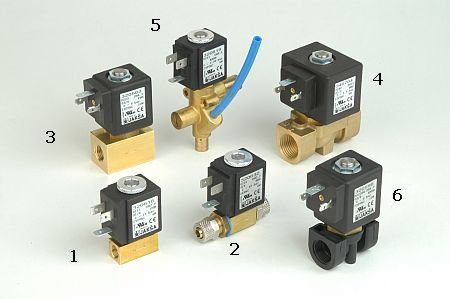Solenoid valves function electromechanically. The electric current controls the solenoid valves by passing a solenoid. There are many variations in the design of Solenoid valves; these are the two-way valve which has two ports where the flow can be controlled by adjusting the switch to on or off. There is a three way valve which has three ports wherein the outflow moves between the two outlet ports. The other solenoid valves have many ports where the valves can be set up altogether.

Solenoid valves are usually used in controlling fluidics’ elements which include closing, releasing, prescribing quantities and combining fluids. Solenoids help speed up switchings. It can also provide reliable and continuous services.
The solenoid valves are characterized by its operation. For instance, a small solenoid can produce an insufficient force. If the force is just enough to make the valve open and close, a direct acting solenoid valve is being considered here. On the other hand, high forces are needed when high pressures and large orifices are met. To create these high forces, an internal piloted solenoid valve should just be the right stuff to use. For instance, internally piloted valves are used in dishwashers and irrigation systems which use water.
There are two parts that made up a solenoid valve: The first part is the solenoid which changes electrical energy to mechanical energy. It controls the valve mechanically. The second part is the valve or the direct acting valve. The direct acting valves are specially fabricated for quick switching where power is applied directly.
The solenoid valve design includes a tightly coiled copper wire to produce a magnetic field. Direct acting solenoid valves controlled the process which took place in the main manufacturing process with time limits in seconds. Direct acting can also be used in controlling gases.
